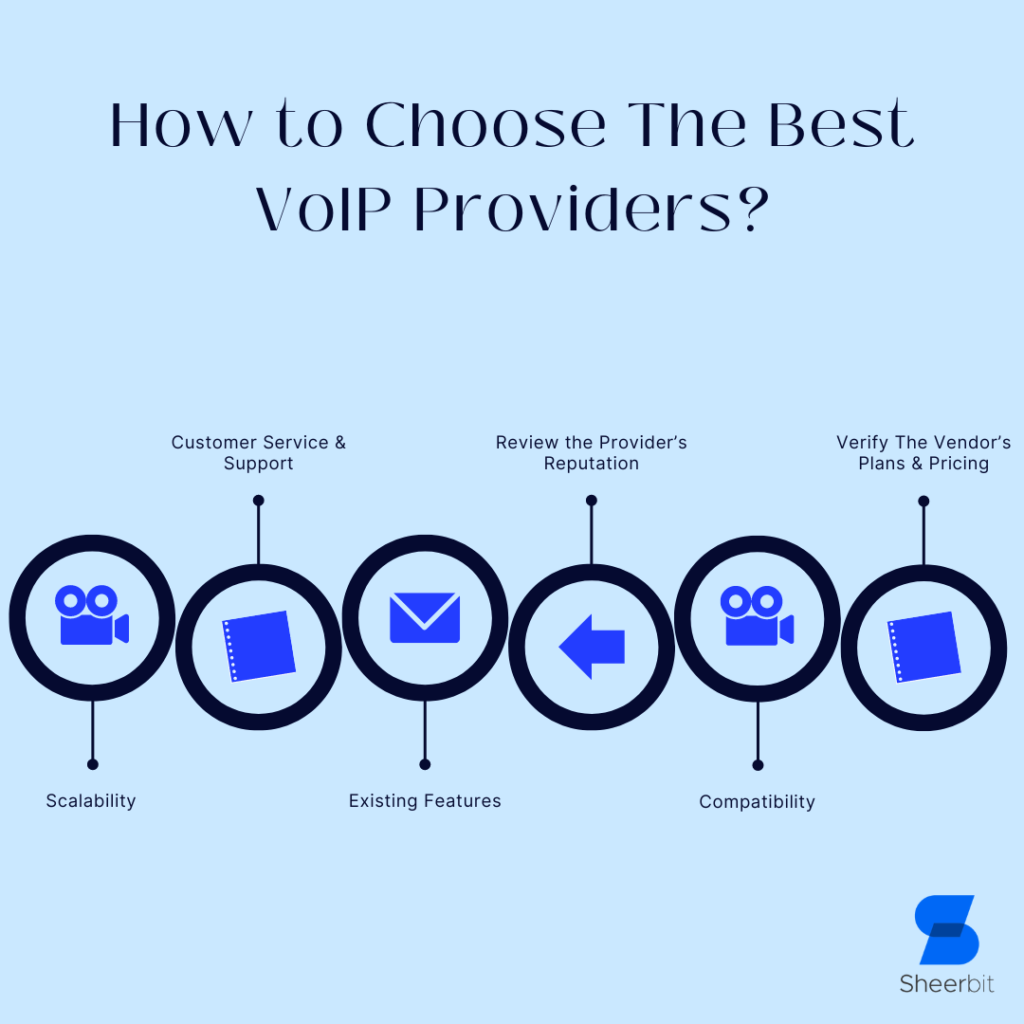Voice over Internet Protocol, or VoIP, is a disruptive force in the rapidly changing telecommunications industry. Teleco providers find themselves at the forefront of innovation, constantly adjusting to a variety of trends influencing the business as technology improves and customer expectations change. VoIP, which offers telecoms a dynamic platform to explore new horizons and redefine the bounds of communication, has emerged as a cornerstone of this growth due to its variety and agility. VoIP developments provide a wide range of opportunities, from the smooth blending of data and speech to the complex dance of security protocols. This gives providers the ability to steer their business in the direction of increased productivity and connectedness.
The environment in which telco providers operate is one of opportunity and change. By sifting through a maze of trends, they find patterns that show the way forward and spur creativity and wise decision-making. VoIP solutions are shaped by the convergence of scalability, security, and user experience, which enables providers to face future issues with confidence and foresight. VoIP advances are important as the digital era develops, but their significance goes far beyond technical improvements; they signify a paradigm change and are evidence of the transformational potential of connectedness in a world growing more interconnected by the day. Join us as we examine 15 VoIP trends that signal a new era of opportunities for telecom providers and pave the way for a world of seamless communication and limitless possibilities.

1. Scalability and Flexibility:
VoIP systems are incredibly scalable, allowing telecom companies to quickly adjust to shifting market conditions. VoIP companies may scale up or down using cloud-based solutions to meet their customers’ changing demands.
2. Integration with Unified Communications (UC):
VoIP and UC platform integration simplifies channels of communication, promoting efficiency and teamwork in businesses. Telecom companies are taking advantage of this trend to give all-inclusive packages that include texting, video, and phone services.
3. Mobile VoIP Adoption:
Telecom companies are adopting mobile VoIP solutions in response to the increasing need for seamless communication while on the go as mobile usage continues to soar. Mobile VoIP apps enable users to maintain connections across multiple devices and geographic borders.
4. AI-Powered VoIP Systems:
VoIP systems are transforming thanks to artificial intelligence (AI), which improves client experiences, call quality, and routing effectiveness. Telco providers are utilizing AI algorithms to improve network performance and customize services depending on customer behavior and preferences.
5. Enhanced Security Protocols:
Due to growing worries about cybersecurity and data privacy, telecom companies are placing a higher priority on integrating strong security measures into their VoIP infrastructure. Protecting confidential data and reducing risks requires the use of intrusion detection systems, authentication procedures, and encryption.
6. Quality of Service (QoS) Optimization:
For telecom companies that offer VoIP services, providing exceptional quality of service is still essential. Through network optimization strategies and Quality of Experience (QoE) monitoring instruments, providers guarantee pristine voice transmissions with low latency, cultivating client contentment and allegiance.
7. Adoption of WebRTC:
Browser-based communication is made possible via Web Real-Time Communication (WebRTC) technology without needing extra plugins or program installations. By using WebRTC to enable seamless voice and video calling experiences, telco providers are increasing customer engagement and retention.
8. IoT Integration:
The spread of Internet of Things (IoT) devices brings new possibilities and concerns for telecom companies operating in the VoIP space. VoIP integration with IoT ecosystems facilitates real-time communication between devices, opening up new possibilities for creative applications in smart homes, healthcare, and industrial automation.
9. Compliance with Regulatory Standards:
To maintain legal compliance and safeguard customers, telco providers are required to abide by strict regulatory criteria that regulate VoIP services. Compliance frameworks that mandate data processing procedures, emergency service provisions, and standards for legal interception include the GDPR and FCC laws.
10. Customization and White Label Solutions:
Telecom carriers must customize VoIP solutions to fit the specific needs of a wide range of customers. When white-label solutions and customizable features are provided, businesses are empowered to brand their communication services while retaining operational flexibility and control.
11. Migration to SIP Trunking:
VoIP systems may be seamlessly integrated with Session Initiation Protocol (SIP) trunking, which provides an affordable substitute for traditional telephones. For companies of all sizes, telco providers streamline network administration, optimize resource utilization, and ease the transition to SIP trunking.
12. Voice Analytics and Insights:
Telco companies use sophisticated analytics technologies to mine speech data for insightful information that helps with strategic planning and well-informed decision-making. Voice analytics, from call volume patterns to sentiment analysis, enable providers to improve service offerings and proactively predict market trends.
13. Multi-Cloud Deployments:
Adopting a multi-cloud approach improves VoIP infrastructure redundancy and resilience, reducing downtime and service interruptions. Telco providers use multi-cloud implementations to spread workloads across many environments and provide high availability and fault tolerance.
14. Enhanced E911 Services:
Emergency 911 (E911) services are indispensable in crisis response and public safety. To protect people and property, telco companies are improving VoIP systems’ E911 capabilities. This allows for more accurate caller location tracking and quicker emergency dispatch services.
15. Collaboration with Industry Partners:
Within the telecom ecosystem, partnerships and collaborations promote innovation and opportunities for market development. Telco companies collaborate with software developers, hardware makers, and trade groups to jointly develop solutions, handle new problems, and take advantage of market opportunities.
Conclusion
In conclusion, the VoIP Trends For Teleco Providers are dynamic and complex, offering a wide range of opportunities as well as difficulties. Telco providers may confidently and strategically navigate the changing VoIP market. By embracing innovation, placing a high priority on customer-centricity, and cultivating strategic alliances.
Are you ready to unlock VoIP’s full potential for your telecom business? View our extensive VoIP options, each suited to your specific requirements. Reach out to us right now to start your road toward unmatched efficiency and smooth communication.





